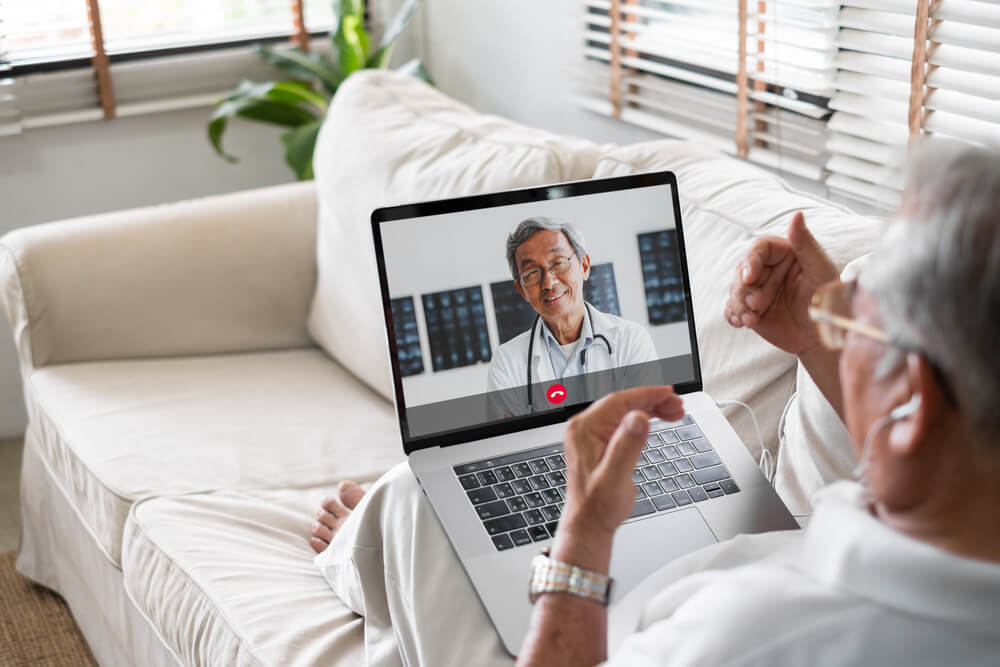Slow and steady telemedicine has evolved as the ultimate tool for empowering providers to see and treat patients remotely.
Telemedicine is the new face of healthcare. It has gained significant attention during the recent COVID-19 public health emergency, which essentially put a halt to our daily lives. The need for healthcare increased manifold during this crisis period, while the capacity of providers was limited due to social distancing dictates. Hence, telemedicine evolved as the ultimate tool for empowering providers to see and treat patients remotely. It is expected to deliver timely care during the coronavirus pandemic while minimizing the exposure of the medical practitioners and patients both.
Telemedicine is predicted to alleviate the increasing demands and pressures on healthcare organizations during the coronavirus pandemic. By deploying an effective telemedicine solution, healthcare professionals can not only contain the spread of the virus but also simultaneously address the needs of patients remotely located. These are patients who might otherwise not be able to access healthcare owing to their geographic locations, transportation concerns, busy schedules, and several other reasons. With the help of telemedicine, they can now seek care across these barriers, thanks to the remote care capabilities of this revolutionary technology. On the other hand, the providers can reap substantial benefits in terms of cost and time savings and increased productivity and efficiency of the practice.
What is Telemedicine and How Does it Work?
Telemedicine is fundamentally a digital platform that connects patients and providers through video capabilities to interact and share information in real-time. All you need is a computer, a tablet or a smartphone, and an efficient telemedicine software. Patients can see providers for diagnosis and treatment without having to wait long hours for an appointment and without having to leave the comfort of their homes.
There are three routes to delivering care remotely through telemedicine:
- Interactive Medicine – It allows patients and providers to communicate and interact in real-time through a MDM for laptops that are HIPAA-compliant.
- Store and Forward – It allows the providers to share vital patient information with practitioners at other locations.
- Remote Patient Monitoring – It allows remote caregivers to monitor patients that are located outside their hospital settings, such as at home. This route uses mobile devices, such as wearable trackers, to collect crucial patient health data such as blood sugar or blood pressures, to monitor patient health.
How can CureMD Help?
CureMD’s telemedicine solution provides a simple, secure, and robust mechanism to assess, diagnose, and treat patients remotely. It breaks away the impediments associated with in-person patient visits while also lowering the need for unnecessary office visits. CureMD’s HIPAA-compliant telemedicine solution essentially thrives on three qualities:
- An integrated and wholesome patient experience – CureMD’s telemedicine system, integrated with an effective EHR and patient portals, maintains a superior patient experience. It empowers the patients in engaging in self-care through several features such as online appointment scheduling, reminder messages, online bill payments, and a lot more.
- Seamless workflows – CureMD’s telemedicine solution is a seamless and straightforward system that streamlines the practice workflows to bring in cost and time efficiencies. Automating the workflows, the solution offers critical advantages in terms of increasing practice efficiency as well as the provider’s productivity.
- Care delivery anywhere, anytime – Providers and patients can connect through real-time video consultations anywhere, anytime.

Join the Discussion!